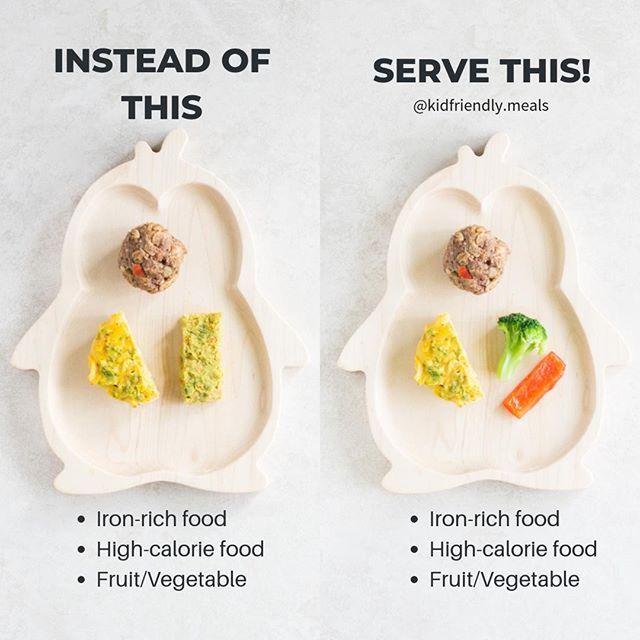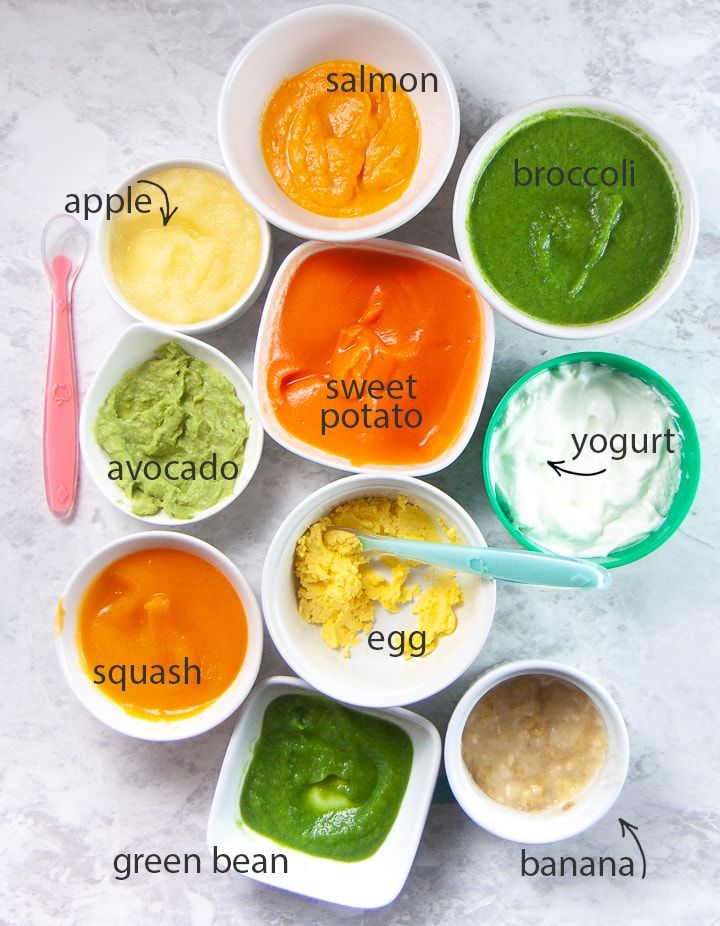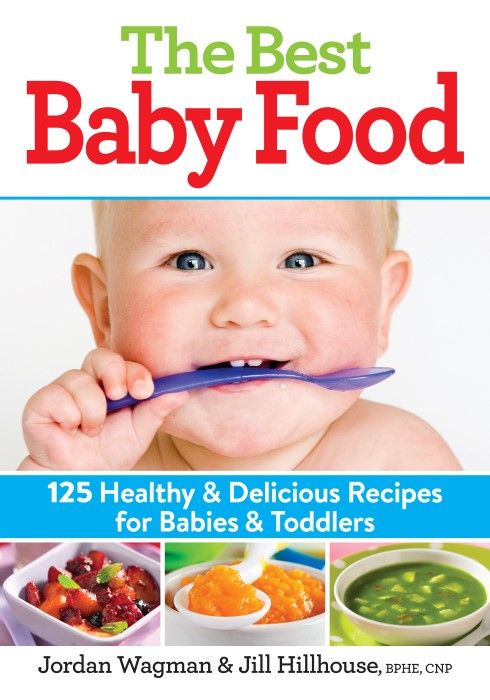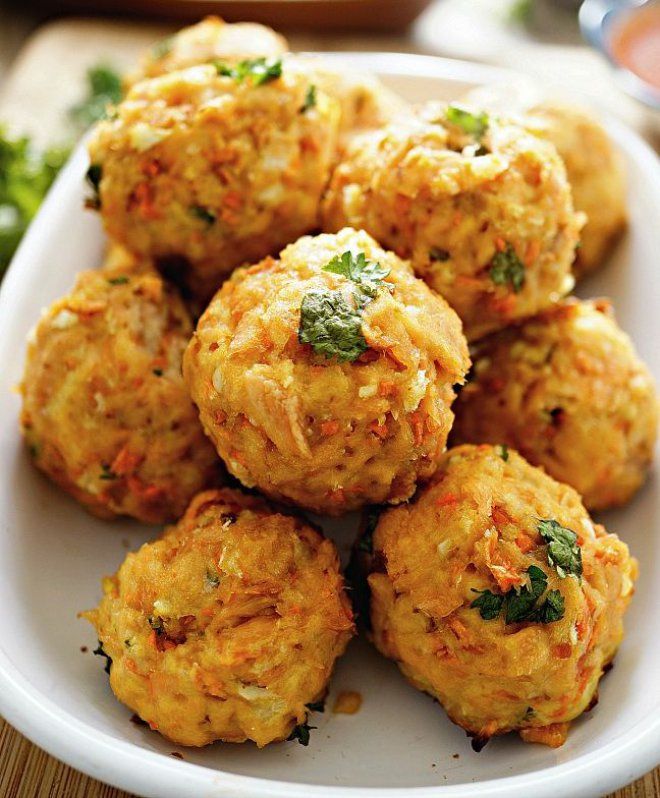Baby duck starter feed
CARE & FEEDING OF DUCKLINGS
Baby ducklings are like any other baby – they need fresh food and water, and to be kept clean and warm. You can download our guide “Care and Feeding of Baby Ducklings” or continue reading below.
Brooder
Keeping ducklings warm entails a brooder. A good brooder will have several things – it will keep ducklings safe, have either bedding to absorb wastes or a wire mesh floor to allow droppings to pass through, and a heat source. A brooder can be as simple as a cardboard box with two to four inches of wood shavings for bedding, or as complex as a commercial metal box brooder. For a few ducklings, cardboard has the advantage of being cheap, disposable/recyclable, and sanitary. A wooden or metal brooder is more appropriate for larger numbers of ducklings, or if you raise many batches of ducklings per season. It should be scrubbed and disinfected between uses. Because ducklings tend to play in their water and get the bedding soaked quickly, wire-bottomed brooders or hutches are a good choice. Ducklings should never be brooded on newspaper – its surface is too slick and can cause leg problems. Brooders should be large enough to allow the ducklings to get away from the heat source –3’x4’ is a good size for a few ducklings and will allow plenty of room for them to grow, as they grow more quickly than chicks. For the first few days, place paper toweling or an old cloth towel over the litter, so the ducklings learn to eat food, not litter. Keep the brooder clean – change the litter often, every day if you have many ducklings. Damp dirty litter and droppings can cause coccidiosis, respiratory problems, and infections.
Heat Source
For a small number of ducklings, a 100- 150 watt hanging clamp-style work lamp is sufficient heat. Clamp to the side of the box and have the bulb and hood hanging over the side. For a greater number of ducklings, a 250-watt infrared bulb can be used. Infrared bulbs get very hot – they should be kept a minimum of 18 inches away from flammable items (such as wooden or cardboard walls, and wood shavings).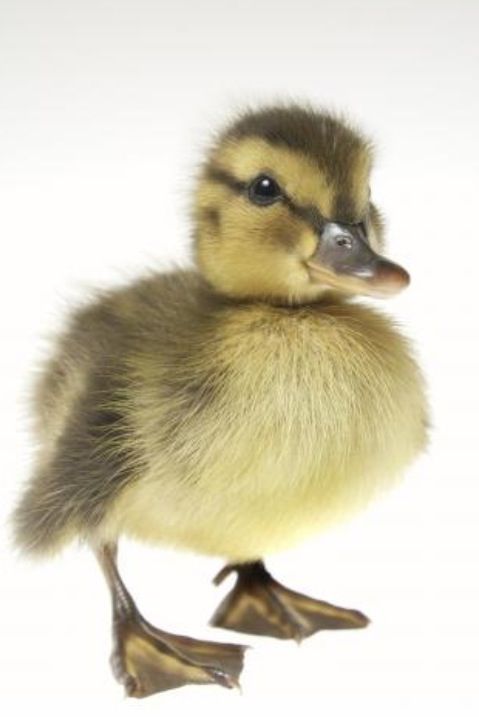 If using an infrared bulb, be sure to use a porcelain socket – plastic will melt. A brooder should not be evenly heated. It should have a cooler area for ducklings to find their level of comfort. For the first week of life, the brooder should be at about 90 degrees. Ducklings will let you know if the brooder is too hot or too cold. Too hot, and the birds will crowd as far from the heat as possible. Too cold, and they will huddle under the light and peep loudly. Raise or lower the heat source accordingly. If you cannot physically raise or lower the lamp, use a different wattage bulb. For each successive week, the temperature should be lowered 5 degrees until completely feathered out at 6 to 8 weeks. If located out of drafts, they should not need any additional heat beyond this age.
If using an infrared bulb, be sure to use a porcelain socket – plastic will melt. A brooder should not be evenly heated. It should have a cooler area for ducklings to find their level of comfort. For the first week of life, the brooder should be at about 90 degrees. Ducklings will let you know if the brooder is too hot or too cold. Too hot, and the birds will crowd as far from the heat as possible. Too cold, and they will huddle under the light and peep loudly. Raise or lower the heat source accordingly. If you cannot physically raise or lower the lamp, use a different wattage bulb. For each successive week, the temperature should be lowered 5 degrees until completely feathered out at 6 to 8 weeks. If located out of drafts, they should not need any additional heat beyond this age.
Water
Fresh, clean water should be available to ducklings at all times. The water should be cool, not hot and not cold. For 5 or fewer ducklings, a quart-size chick fount will take them up to about two weeks of age; for more ducklings or older birds, a gallon fount will be a more appropriate size. You’ll know if you need a larger waterer if you need to fill more than once per day. Ducklings often take a mouthful of food and take a drink to wash it down. Unfortunately, this habit means cleaning waterers is a chore. Waterers should always be deep enough to allow ducklings to wash out their nostrils and beaks as they eat or impaction will result. Water should never be provided in an open dish – ducklings will track droppings and spilled feed through it and invite disease, and will play in the water and soak the brooder litter or get wet and chilled. For the first few days, the waterer can be placed directly on the toweling. When the toweling has been removed, place the waterer on a non-slip elevated surface, like a wire platform, to prevent the ducklings from scratching litter into their water. Increase height as they grow older – bricks or 2X4” lumber boxes are equally useful. To cut down on the mess that ducklings make around their water, place a plastic houseplant tray under their waterer after a few days to catch spilled water.
You’ll know if you need a larger waterer if you need to fill more than once per day. Ducklings often take a mouthful of food and take a drink to wash it down. Unfortunately, this habit means cleaning waterers is a chore. Waterers should always be deep enough to allow ducklings to wash out their nostrils and beaks as they eat or impaction will result. Water should never be provided in an open dish – ducklings will track droppings and spilled feed through it and invite disease, and will play in the water and soak the brooder litter or get wet and chilled. For the first few days, the waterer can be placed directly on the toweling. When the toweling has been removed, place the waterer on a non-slip elevated surface, like a wire platform, to prevent the ducklings from scratching litter into their water. Increase height as they grow older – bricks or 2X4” lumber boxes are equally useful. To cut down on the mess that ducklings make around their water, place a plastic houseplant tray under their waterer after a few days to catch spilled water.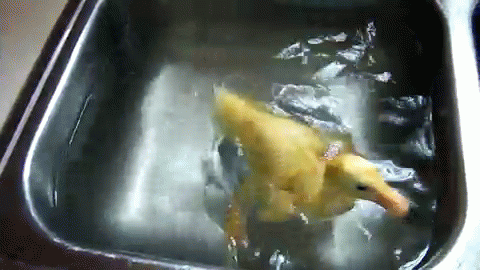
Food
Ideally, baby ducklings should eat waterfowl starter crumbles, a blend specially formulated for their growth and development. Chick starter can be used as a substitute, with cautions. Baby waterfowl have two to three times the niacin requirements than baby chicks, and chick starter feeds contain too little niacin for waterfowl. Niacin deficiency causes bowed legs and severe joint and bone disorders, and will shorten their lifespans as adults. If a chick starter is used, you must provide a niacin supplement in the feed or water. Niacin supplements in powder or tablet form can be purchased at many drugstores – add 100 to 150 mg of niacin per gallon of drinking water until 10 weeks of age. Livestock-grade brewer’s yeast can be used to prevent niacin deficiency – add 5 to 7.5 lbs of brewer’s yeast per 100 lbs of chick starter (2 to 3 cups per 10 lbs of feed for smaller, more practical amounts). The niacin in green plants is largely unavailable to ducklings and will not prevent niacin deficiency.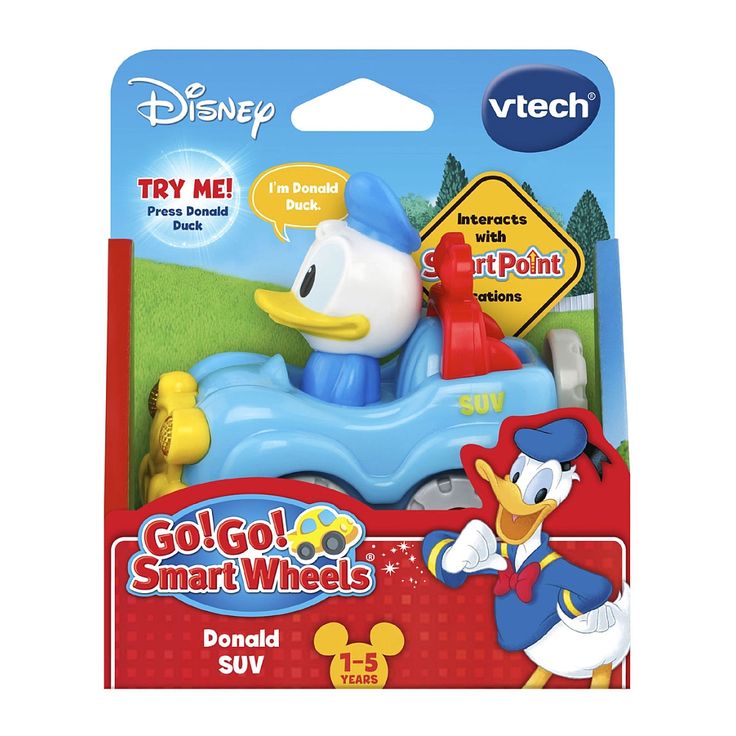
Ducklings should be fed 21%-22% protein chick starter with a niacin supplement until 2 weeks of age. From 2 weeks to about 6 months (or until the first egg is laid) they should eat 16% – 18% chick starter crumbles with a niacin supplement. If you cannot locate a 16%- 18% protein starter, blend in a little uncooked rolled oats (breakfast-type oatmeal) to lower the protein content of the starter. Turkey starter (27%) or grower (24%) may be used as a complete feed until about 2-3 weeks of age, but its protein content is too high and can push their growth too quickly, causing joint and bone problems past 3 weeks of age (see “angel wing” below.
Adult layer mash, crumbles, or pellets should never be fed to ducklings, not even as an emergency ration. Its high calcium content is toxic to baby waterfowl, and will cause bone, liver, and kidney problems, or death. A good emergency ration is a 50-50 blend of rolled oats and cornmeal, whirled in a food blender to a mash or crumble consistency.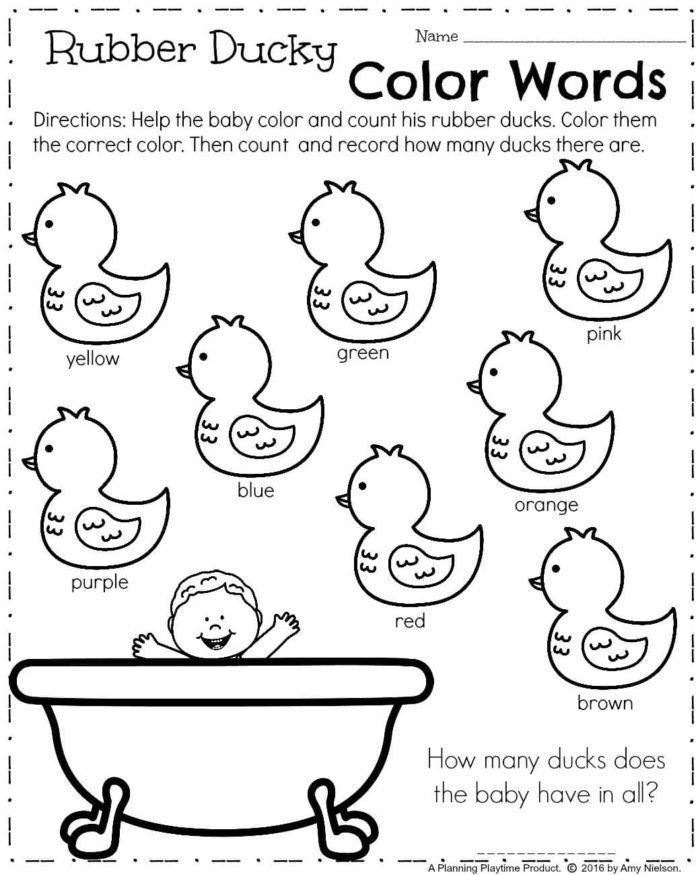 They should not be on this emergency ration for more than a day or so, as it does not constitute a balanced diet. For the first few days, sprinkle feed on a paper towel so that the ducklings can learn to eat. Mash is difficult for ducklings to eat. It is too fine-textured and can cause choking. Mash can be wetted to form a crumbly texture, but it sours quickly and requires constant replacement. Crumbles are easier for them to eat. Duckling feeders come in many styles, but they should prevent feed spillage and wasting, and prevent contamination with litter or droppings. Elevating the feeder after the first few days helps. Again, open dishes are not the best choice of feeder for ducklings.
They should not be on this emergency ration for more than a day or so, as it does not constitute a balanced diet. For the first few days, sprinkle feed on a paper towel so that the ducklings can learn to eat. Mash is difficult for ducklings to eat. It is too fine-textured and can cause choking. Mash can be wetted to form a crumbly texture, but it sours quickly and requires constant replacement. Crumbles are easier for them to eat. Duckling feeders come in many styles, but they should prevent feed spillage and wasting, and prevent contamination with litter or droppings. Elevating the feeder after the first few days helps. Again, open dishes are not the best choice of feeder for ducklings.
Growing waterfowl can develop a condition called “angel wing,” in which the primary feathers sag down and outward. This is caused by the feather growth outpacing the bone and tendon growth in the wings. Immediately lower the protein content of their food by switching feeds or mixing in blended uncooked oatmeal, as much as 25% oatmeal.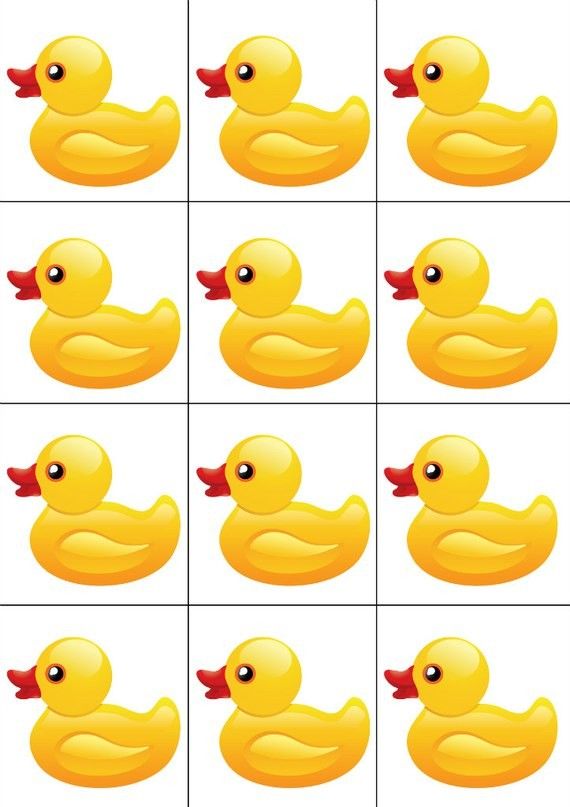 Greens and free-ranging will also help. If not caught early enough, this disfigurement can become permanent.
Greens and free-ranging will also help. If not caught early enough, this disfigurement can become permanent.
Ducks have no teeth – they need grit in the form of small rocks to grind their food. Baby duckling grit consists of very small stones, like coarse sand, similar to parakeet grit. It should never contain oyster shell or other forms of calcium – excess calcium is very detrimental to ducklings. Most store-bought small grit preparations already have oyster shell in them. You can “make” your own duckling grit by purchasing a bag of decomposed granite from a building supply store. Wash the granite in a large tub, rinsing out fine sand and mud, and letting it dry. Use the larger pieces for adult ducks, and sprinkle a bit of the smaller grains on the chick starter as if you were salting your food. If ducklings are given no additional food other than chick starter, they don’t NEED grit but it may help in certain situations (see below).
Ducklings can go out on grass or range on warm days at a couple of weeks of age, if the lawn is unsprayed and grit is provided with their feed.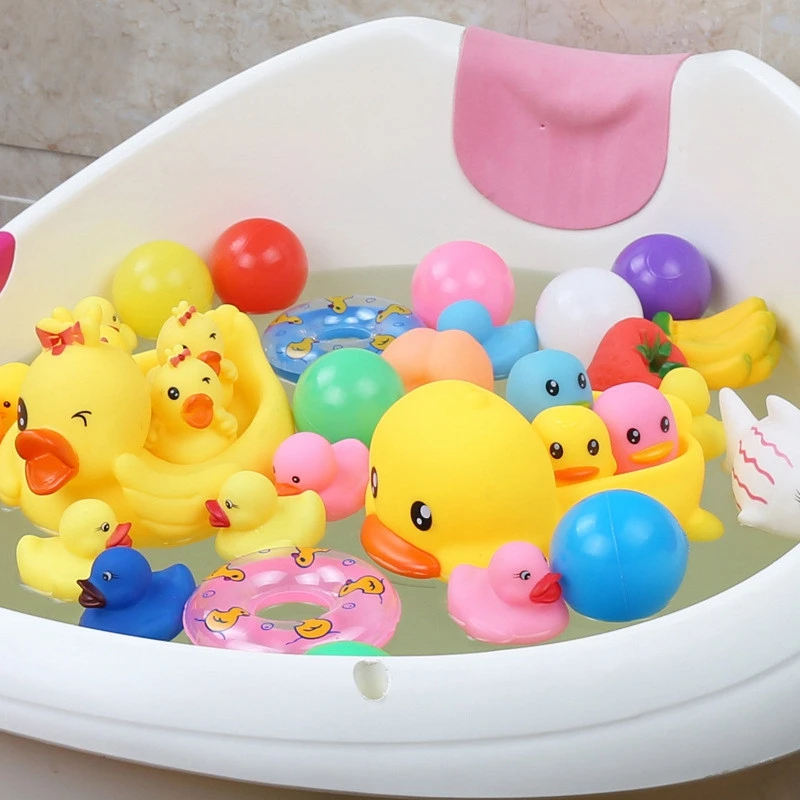 Ducklings should only be allowed to range on clean ground, preferably where no adult birds have been for 6-12 months to prevent bacterial or parasitic infestations. Grit may also be a good idea if you are using wood shavings as litter – it will help prevent crop impaction if litter is accidentally ingested. Finely chopped green feed like lettuce and dandelion greens can be put into the ducklings’ waterer to give them treats to fish for, as long as they have grit.
Ducklings should only be allowed to range on clean ground, preferably where no adult birds have been for 6-12 months to prevent bacterial or parasitic infestations. Grit may also be a good idea if you are using wood shavings as litter – it will help prevent crop impaction if litter is accidentally ingested. Finely chopped green feed like lettuce and dandelion greens can be put into the ducklings’ waterer to give them treats to fish for, as long as they have grit.
Diarrhea and vent pasting (droppings sticking to their behinds) is a common problem in very young ducklings. This is caused by a variety of problems. If pasting does occur, carefully pick off the dried droppings (warm water helps) so the vent does not become blocked. If pasting continues, try a blend of plain rolled (breakfast type) oats processed in a blender mixed 50-50 with chick starter. Sprinkling baby grit on their feed also helps prevent pasting.
After 6 months of age or their first egg is laid, they can be switched to a 16% – 18% regular chicken layer pellet as their adult diet.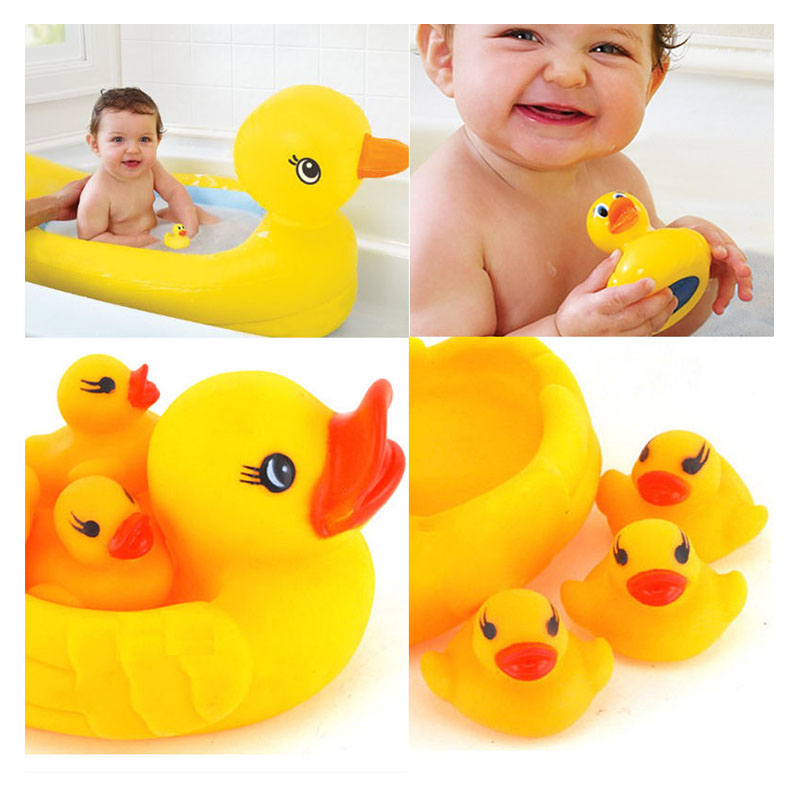 For adult ducks, additional calcium in the form of crushed oyster shell is beneficial, especially if the ducks free range or are fed table scraps.
For adult ducks, additional calcium in the form of crushed oyster shell is beneficial, especially if the ducks free range or are fed table scraps.
Wet Brooding
Baby waterfowl love to swim and can do so at an early age IF and only IF they can get out of the water easily and get to a warm brooder to dry off quickly. They are prone to chilling and hypothermia if they become soaked through. Sturdy ramps with good traction should be provided to enter and exit the water, such as a length of rough wood or 1/4” wire mesh. Avoid mud and general “duck slop” by elevating the swimming water on a low wire platform. Ducks foul swimming water quickly – keep it clean by changing it often. If you brood ducklings and chicks together, wet brooding is not a good idea. Chicks can easily drown in the swimming water.
General management and FAQs
Ducklings that are listless, huddled with drooping wings, and have blood in the stools may have coccidiosis, a protozoan infestation.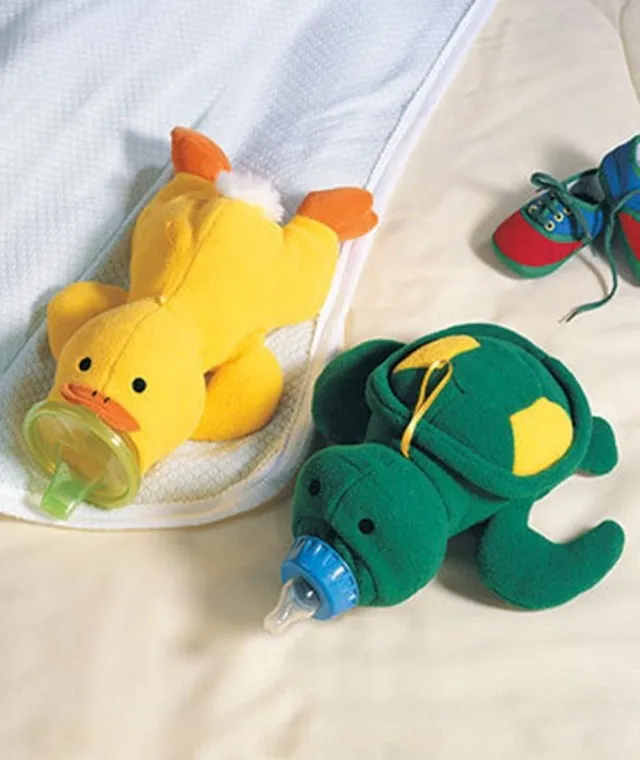 Good management of clean, dry litter (avoid damp wet spots from spilled water) and not letting ducklings range on land where adult birds have been living will prevent coccidiosis. Antibiotics will not cure coccidiosis – only sulfa drugs such as Sulmet will treat it. Preventing this common babyhood disease through proper sanitation is a much better course of action. Ducklings will gain a natural immunity to coccidia as they mature.
Good management of clean, dry litter (avoid damp wet spots from spilled water) and not letting ducklings range on land where adult birds have been living will prevent coccidiosis. Antibiotics will not cure coccidiosis – only sulfa drugs such as Sulmet will treat it. Preventing this common babyhood disease through proper sanitation is a much better course of action. Ducklings will gain a natural immunity to coccidia as they mature.
The body shape of ducks and their wing and leg placement mean that ducks are prone to injury if grabbed by their wings or legs. Ducklings, especially, should never be caught by their legs or wings – they are not as sturdy as baby chickens. Always pick them up by the body and don’t let them jump from high surfaces onto hard ground.
Ducks are social flock creatures – you should never have just one. They need a buddy. They may bond to chickens or other pets…but are happiest with other ducks.
Ducks are happiest when they have more room.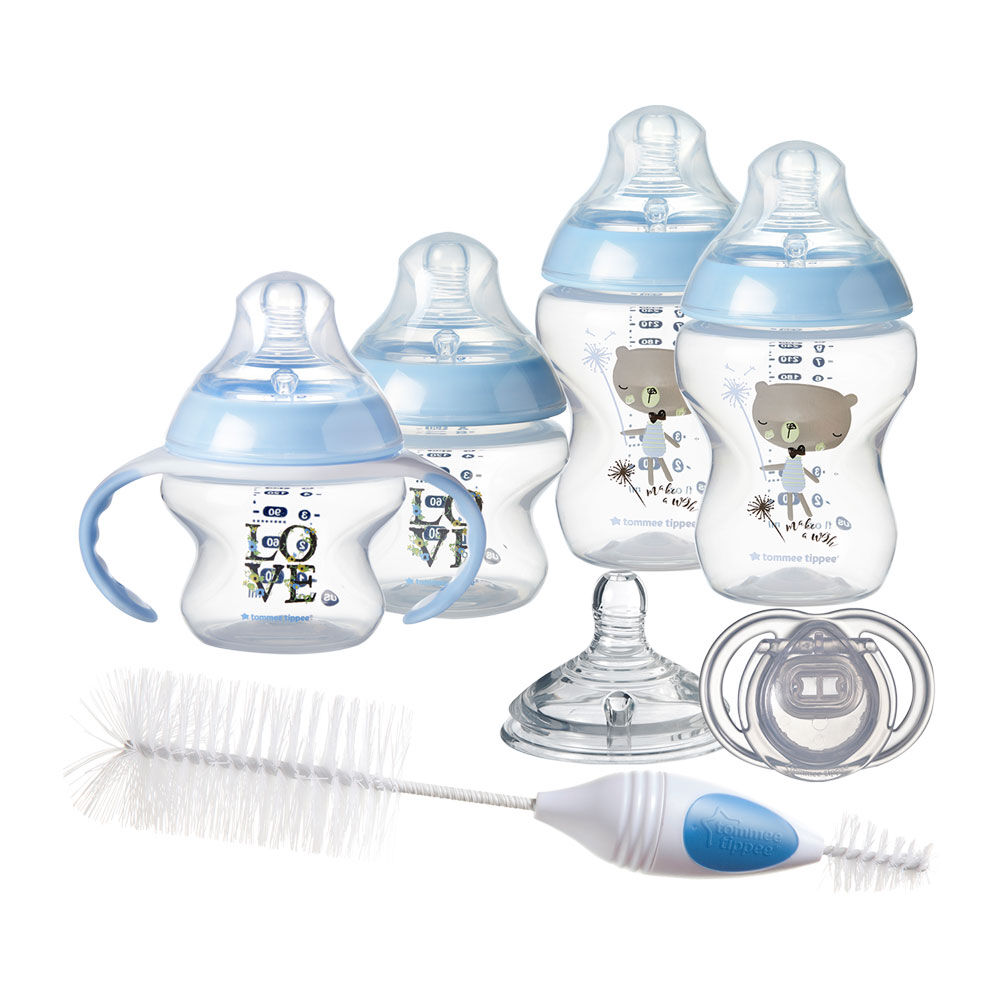 Coops and runs that allow more than the minimum space make healthier, happier birds. The minimum space requirements for open housing (coop with free range) is 4 sq. ft. per bird; for confined housing (never allowed outside) is 10 sq. ft. per bird.
Coops and runs that allow more than the minimum space make healthier, happier birds. The minimum space requirements for open housing (coop with free range) is 4 sq. ft. per bird; for confined housing (never allowed outside) is 10 sq. ft. per bird.
Duck hens do not need drakes (males) to lay eggs – they will produce eggs without a mate, but they won’t be fertile and cannot hatch.
Mature ducks can be fed regular chicken layer feed. Feed comes in mash, crumbles, and pellets. Ducks can waste an enormous amount of feed – and feed spilled on the ground can become wet, moldy, and toxic. Pellets are the least wasteful form, followed by crumbles. Mash is difficult for ducks to eat, and should be avoided. Feeders that are either hanging at or placed at the level of the birds’ backs will help prevent feed wastage.
Scratch or other whole or cracked grain mixes are tasty treats for ducks. But, as with all treats, they should be fed in limited amounts. Scratch is not a balanced diet as it generally contains about 9% protein – much too low for a growing youngster or laying duck.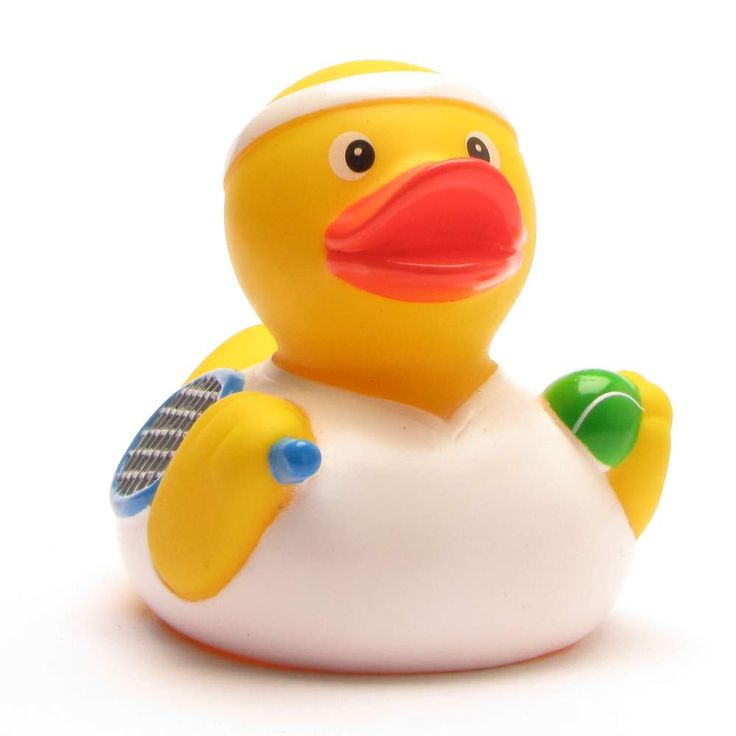 Scratch should be fed as a treat, not as a primary feed. If scratch or other grains are fed, grit must be provided.
Scratch should be fed as a treat, not as a primary feed. If scratch or other grains are fed, grit must be provided.
Nest boxes should be provided at about 5 months of age, to allow the birds to get used to them. The sooner you provide nests, the more likely they will use the nests rather than laying their eggs on the ground or hiding their nests.
What Do You Feed Baby Ducks for Proper Growth?
Author : Janet GarmanCategories : Feed & Health, Poultry 101
If you’ve decided ducklings will find their way to your home from the feed store or the hatchery in the new year, then you are probably wondering what do you feed baby ducks for proper growth? This is an important consideration in your journey to learn how to raise ducklings.
Believe me, a lot of chicks and ducks have found their way to our farm. And even though I have been raising ducklings for a number of years, I recently realized that not everything I had learned about feeding ducklings was working.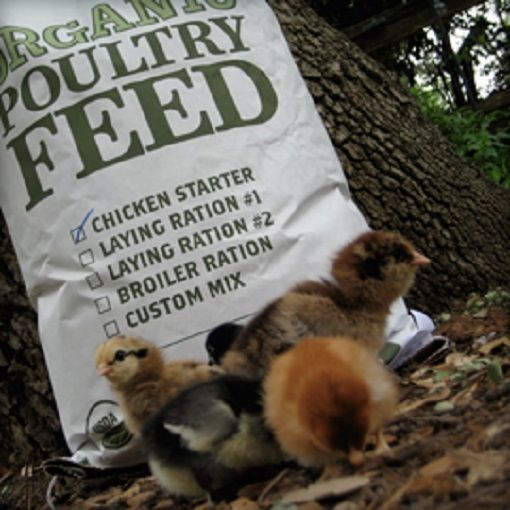 Here are some points on which I have changed my mind concerning what do you feed baby ducks for proper growth.
Here are some points on which I have changed my mind concerning what do you feed baby ducks for proper growth.
1. I am no longer feeding baby ducks a poultry grower ration containing 20% protein past the second week of life.
This was the way everyone I knew was feeding baby ducks. However, feeding them duck food that is a meat bird ration or a duck raiser ration can actually be too high of a protein content for the ducklings long term. I was told for many years to use this type of feed until the ducklings were nearly grown, but I have seen negative consequences from this practice. If you are raising ducklings for meat, feeding a high protein ration may be the correct formula, since the sooner you reach market weight, the better. But with keeping ducks as pets or as egg layers or breeders, the high protein during weeks 2 to 14 of growth can lead to conditions such as Angel Wing or Twisted Wing. This happened to one of the ducklings we raised from hatch here on the farm. As I had with the previous ducklings, I fed a commercial flock raising ration until the ducks reached 14 to 16 weeks of age. However, one duckling did develop Angel Wing, so I looked into the causes and prevention. The extra protein during the development from 2 weeks to 10 weeks, can lead to very fast bone growth resulting in a twisting or bending of the bones in the wing. It usually only affects one of the wings. Keeping ducks as pets in a fenced enclosure, you may not have any noticeable problems from the abnormal growth but ducks allowed to free range or ducks in the wild, will not move as quickly, will not be able to fly at all, and will be easier for predators to catch and kill.
However, one duckling did develop Angel Wing, so I looked into the causes and prevention. The extra protein during the development from 2 weeks to 10 weeks, can lead to very fast bone growth resulting in a twisting or bending of the bones in the wing. It usually only affects one of the wings. Keeping ducks as pets in a fenced enclosure, you may not have any noticeable problems from the abnormal growth but ducks allowed to free range or ducks in the wild, will not move as quickly, will not be able to fly at all, and will be easier for predators to catch and kill.
The recommendation according to experts like Dave Holderread of Storey’s Guide to Raising Ducks, is to feed the 18 to 20% protein ration only for the first 2 weeks of a duckling’s life. Next, switch to a 16% protein ration for the rest of the duck’s life. In addition, allowing the ducks some free ranging time, if it can be supervised to avoid predator attacks, will benefit the duck’s diet greatly. Eating greens and bugs foraged in the wild keeps the diet balanced with the commercial feed offered free choice. Alternatively, you can forage for them and take greens, and weeds and cut up grasses into the pen.
Alternatively, you can forage for them and take greens, and weeds and cut up grasses into the pen.
2. I no longer feed ducks bread products. And I don’t feed stale bread to wild ducks either.
Feeding high protein, high carbohydrate bread products to ducks can also lead to fast growth and twisted bones as the ducklings grow. Flocks of ducks that have no humans feeding them treats show no sign of Angel Wing or abnormally quick bone growth. If the duck cannot act and move quickly to try to escape a predator, it is, in reality, a sitting duck.
3. The treats I do bring my ducks consist of what they would be looking for in the wild.Although I do allow my flock to free range when I can keep an eye on them, I still bring them some goodies. After all, it’s part of the fun of having them around. But instead of giving them any old foods we had at the house, I limit their treats to foods that are healthy for them. Here are some items that our ducks love and that are healthy for them.
- Chopped kale
- Bite size pieces of romaine lettuce or Swiss chard
- Watermelon
- Small amount of cooked pumpkin
- Peas, carrots, cooked green beans
- Chickweed and smartweed – They are packed with minerals and nutrition. Both grow in abundance on our farm and are enjoyed by the flock.
- Mealworms – My ducks would not be happy if I did not bring the meal worms occasionally. These are given as a treat so of course, they are not eating them every day or in great quantity. However, mealworms are high in protein, so they are a good choice during molting and are a tasty way to entice the ducks back into the duck run at night.
4. My recommendations for what do you feed baby ducks for proper growth?
I have changed to using a flock raiser or higher protein non-medicated chick starter ration for only the first two weeks of growth with ducklings.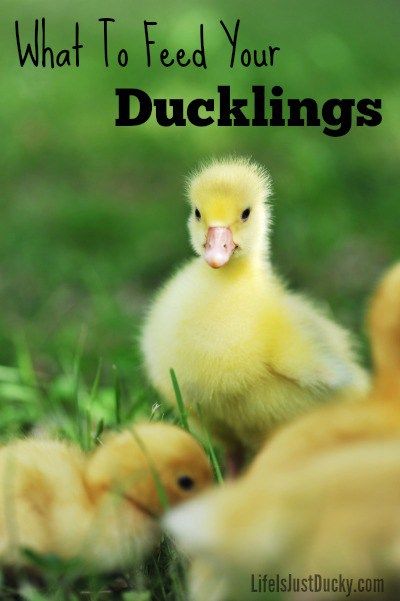 From weeks 3 to 14, I feed a 16% protein grain ration. After the ducklings are fully grown, feed either the flock raiser ration if you are able to supplement enough with free ranging time or bringing in weeds, and greens and grasses. Otherwise, I use a 16% protein ration unless conditions call for a higher protein ration. These conditions might include the absence of egg laying. It’s not at all a one size fits all feeding plan when caring for ducks in captivity. You must look at the total environmental picture and then feed accordingly for a healthy happy duck.
From weeks 3 to 14, I feed a 16% protein grain ration. After the ducklings are fully grown, feed either the flock raiser ration if you are able to supplement enough with free ranging time or bringing in weeds, and greens and grasses. Otherwise, I use a 16% protein ration unless conditions call for a higher protein ration. These conditions might include the absence of egg laying. It’s not at all a one size fits all feeding plan when caring for ducks in captivity. You must look at the total environmental picture and then feed accordingly for a healthy happy duck.
Let me also state that I am not an expert at raising ducks and you should always do what you feel is right for your flock. Learn all you can about the nutritional needs of any animal and feed accordingly, using the best ingredients you can source.
Categories : Feed & Health, Poultry 101Tags : aandbestcutduckduck-foodducklingeatingeggfeeding-baby-ducksforfreeguideguide-to-raising-duckshappyhowhow-toiningredientskeeping-duckskeeping-ducks-as-petslongmeatmedicated-chick-starterpoultryraisingraising-ducklingsraising-ducksthatthetoweedswhatwhat-do-you-feed-baby-ducks
species, composition, rating and feeding features
Complete nutrition of domestic ducks is a guarantee of high health, fertility, good meat.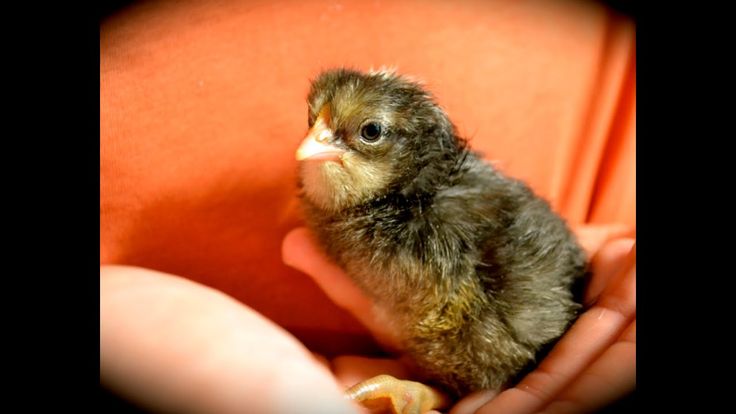 For this reason, all poultry farmers who have started breeding for the first time are interested in what feed is better for ducks, how young animals should be fed in the first days of life, and what is suitable for an adult.
For this reason, all poultry farmers who have started breeding for the first time are interested in what feed is better for ducks, how young animals should be fed in the first days of life, and what is suitable for an adult.
Maintenance
- Species
- Composition
- Feeding
- Young Animals
- Adults
- Indoutok
Species
There are 3 types of feed produced at the factory:
- For young flocks, crumbs are best, but there is an overrun of the product during its use. To save compound feed, it is moistened immediately before serving and in the amount that the bird is able to eat, otherwise the mixture will deteriorate.
- Pellets suitable for young ducks. At the same time, some food is wasted.
- For adult ducks, it is recommended to purchase granulated compound feed. It is easily chewed and processed. Ducks eat it completely.
Composition
Depending on the need for one or another effect on the animal's body, the food should have a different composition, compound feed for ducks at different stages of growth may include cereals, wheat bran, sunflower meal, flour of animal and vegetable origin, technical fats, hydrolytic yeast , milk powder, salt.
It is possible to use probiotics and premixes, which include various vitamins and minerals, amino acids.
If combined feeding is used, the poultry diet is calculated based on the need for metabolic energy, the need for protein, phosphorus, calcium and sodium.
All existing compound feed is divided into 6 groups:
- Starter - a special composition for ducklings in the first and second weeks of life with a protein level of 18-20%.
- Growth food (15-18% protein) is intended for intensive weight gain by birds at 8-12 weeks, after which the ducks can be slaughtered.
- Developing feed (13-14% protein) designed for laying hens or sire ducks to promote gradual and healthy growth.
- Special feed for laying hens (16-20% protein) includes various vitamins and minerals to keep the birds in shape. The transition of ducks from developing to a special composition is carried out several weeks before the birds begin to rush and mate.
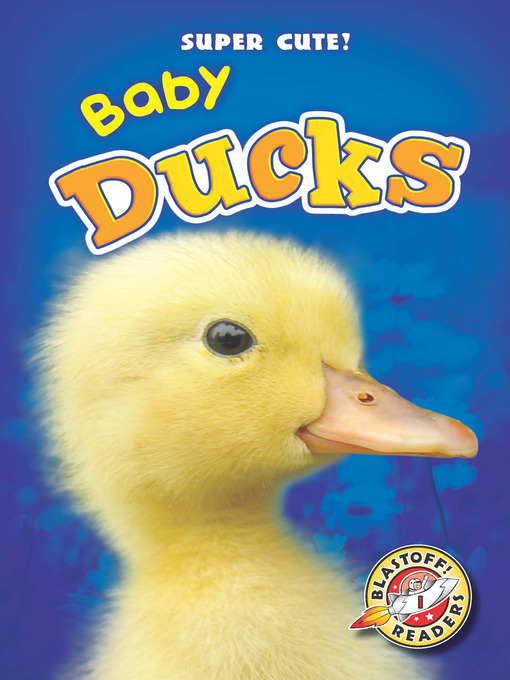
- Commercial, or concentrated, has a high protein content (34%). Contains grain crops.
- Mixed feed includes corn, oats, wheat, sorghum. It is recommended to use it only together with concentrated, especially during the cold period of time (as an energy source for heat generation).
Feeding
The amount of feed consumed by ducks directly depends on the age and size of the individual, its activity, weather conditions. Plays a role and the quality of the composition. Various components are processed differently by the bird's body.
It is recommended to feed the ducks with cereals and compound feed, ensuring constant access to food, especially if the ducks are in the active growth stage. Older birds need to be fed with concentrated feed 2 times a day - in the morning and in the evening.
Young animals
In the first days of life, the best thing for ducklings is a boiled egg, crushed to a state of minced meat. Only from the 3rd day it is recommended to add low-fat cottage cheese and compound feed to the diet in an amount whose total weight per day should be no more than 25 g.
From the 10th day of the bird begins a period of intensive growth. It is important that the feed contains fish and bone meal.
One fifth of the total diet should include sunflower cake or meal and special yeast. The total weight of the feed consumed is increased to 70 g.
Already from the 21st day, the amount of compound feed should be 110 g, and with the age of more than a month, 230 g per day can be given.
Adults
An individual whose age is more than a month is considered an adult, and its feeding has a designated direction, the effect of the feed additive on intensive growth, healthy development, etc. is taken into account.
Duck feed
Depending on consumption, consumption of the nutrient composition can vary from 340 to 425 g/day. The maximum amount of food is needed for a bird that rushes intensively. A not very prolific duck may need 200 g of feed per day.
Compound feed for an adult should include up to 50% corn, 20% sunflower cake, 15% wheat, about 3% fat and yeast.
The use of seafood is encouraged, the diet should contain green foods.
Indo Duck
Muscovy ducks are easier to breed and maintain than simple ducks, especially when they are already grown. Birds that live near a reservoir and with access to glades for walking can do without compound feed, eating only pasture.
For Indian women, an important period is up to a month, when it is important to give the body an impetus for healthy and full development.
In large quantities, young animals are given compositions with a sufficient percentage of calcium, chlorine, manganese, and iron. For better assimilation of microelements, the composition of the feed should include vitamins of groups D and E (the first is compensated by sufficient walking in direct sunlight, vitamin E in compound feeds is provided by the presence of wheat).
Unlike mulard ducks, which are hybrids of musk and Pekin breeds, indo-ducks lay and breed well. During the molting period, products containing sulfur (beans, flax, cabbage and derivatives of fish products) are added to the mash.



